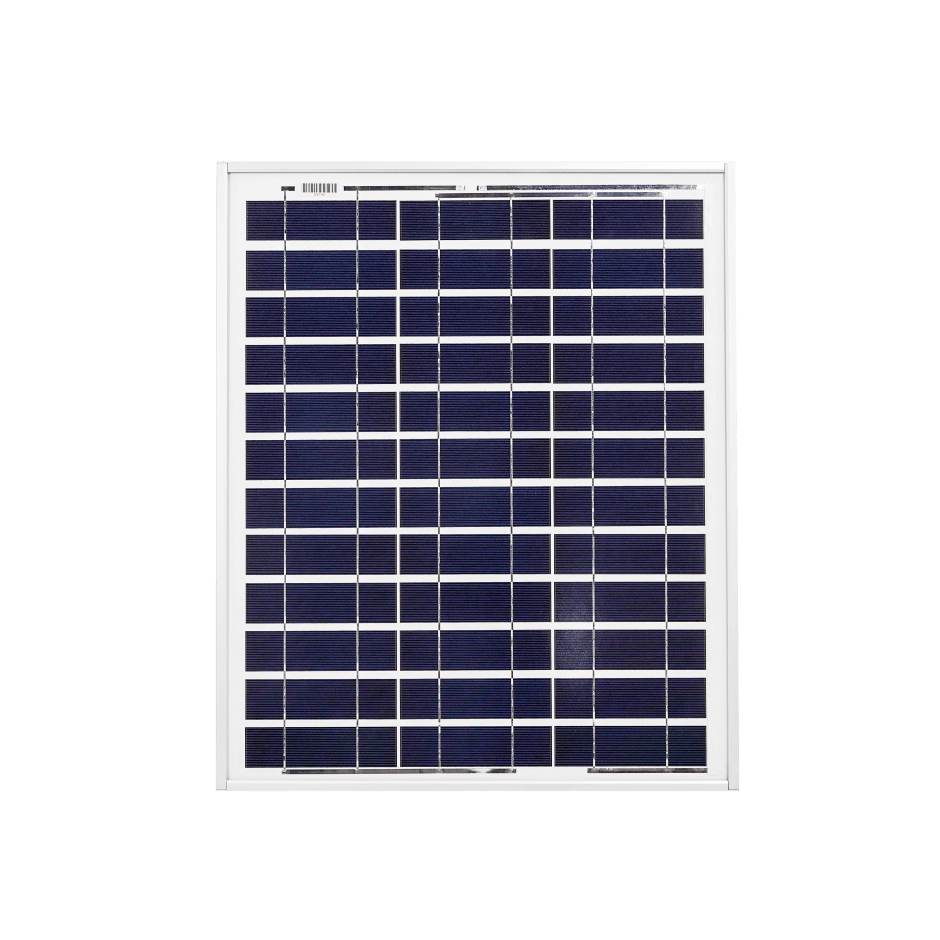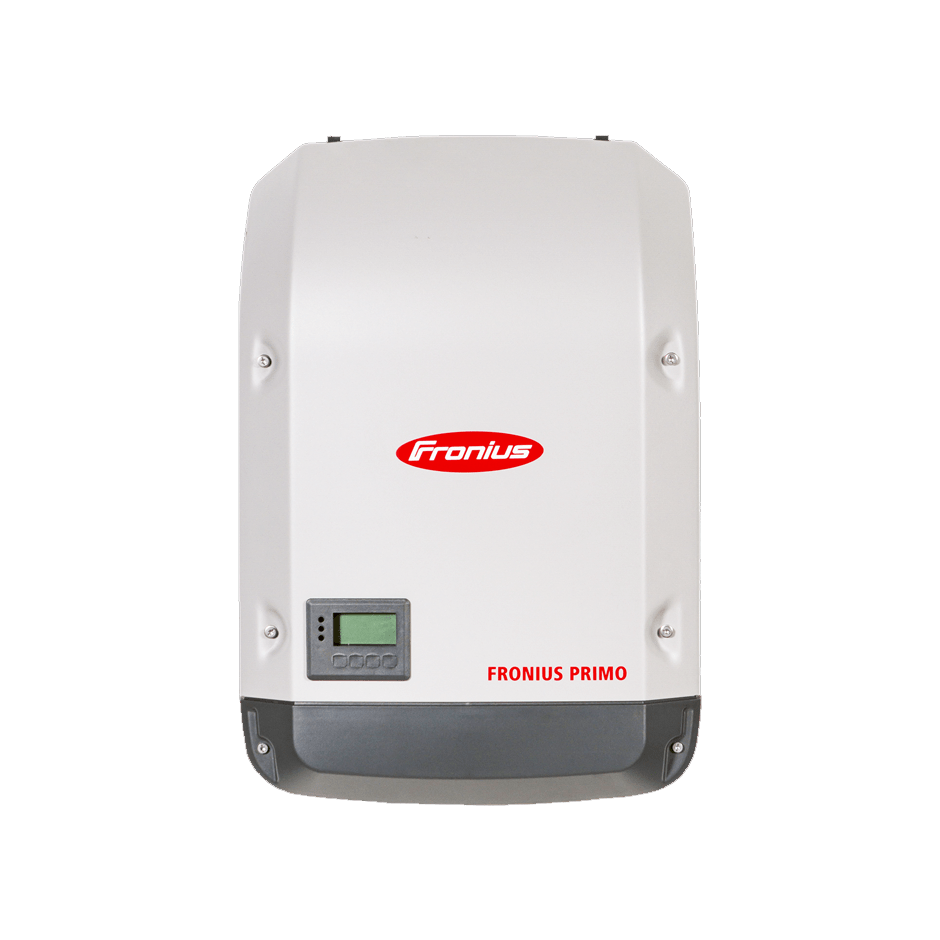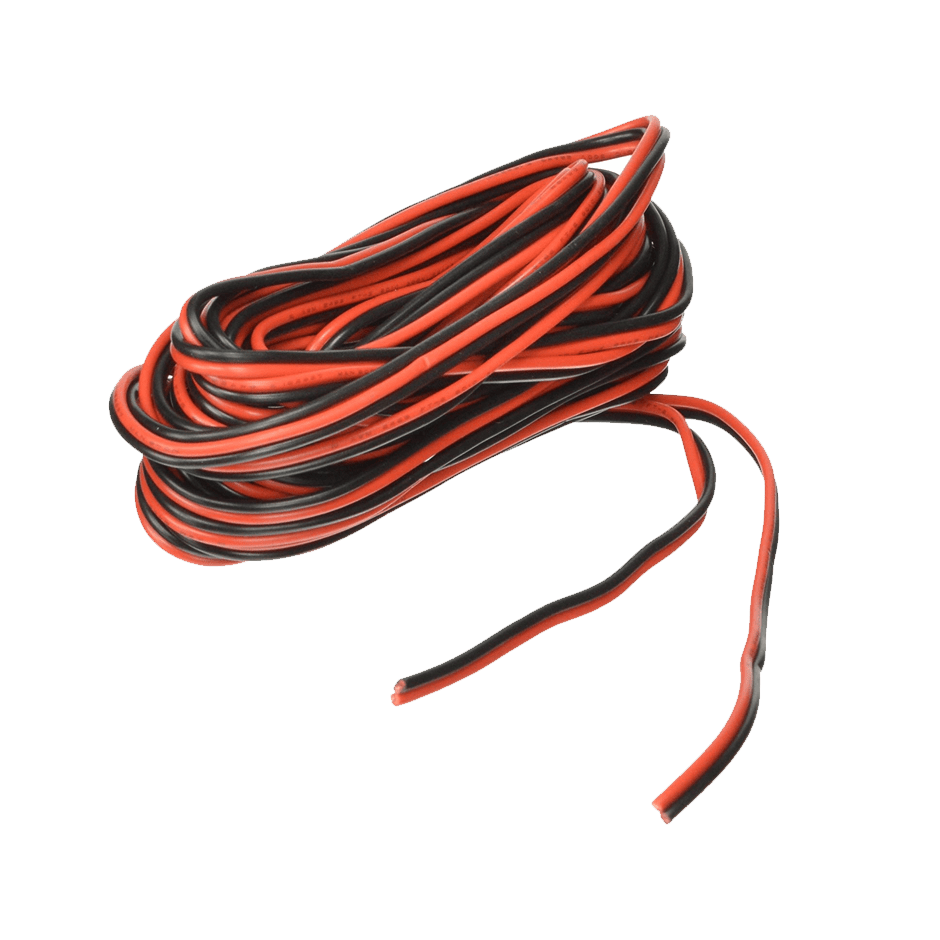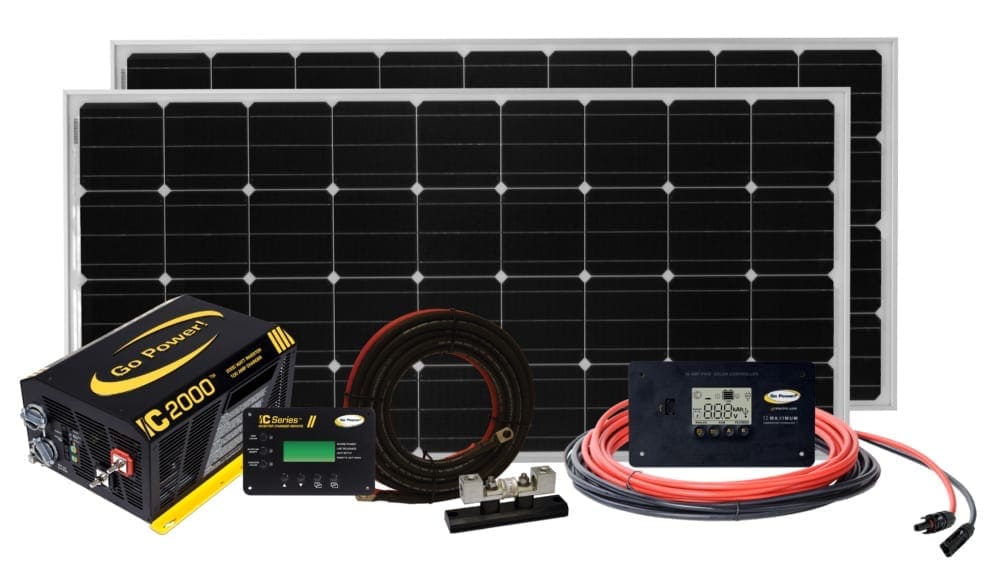Need Troubleshooting? Request a Quote
Identify Possible System Issues
Have our team run diagnostics on your system to pinpoint
the problem quickly and affordably.

Panel Defect
It’s uncommon, but panels may fail from time to time due to: hotspots, junction boxes issues, delamanation, etc.

Faulty Inverter
Zero output is a common problem and in nine out of ten cases, it is due to a faulty inverter or charge controller.

Faulty Wiring
If the modules are not overheated, the best bet for you will be to check for a bad connection.
Questions We Ask
1. The first question we will always ask in our initial phone consultation is what issues are you experiencing and how long have they been happening. Our office staff has been trained to solve many issues over the phone, or identify possible problems with the PV system through a series of questions.
2. We will also ask how long you have been installed so we can calculate how old the system is. This may help to eliminate certain causes for concern or to easily identify possible production issues due to degradation.
3. Third and finally we will ask you who your installing contractor was and the details of your warranty because you may be able to get panels, an inverter, or certain components replaced at no cost by your installing contractor. In the case that your contractor is no longer in business, or if your system is no longer under warranty, our team will be able perform a product replacement for you.

QDo You Have Zero Solar Production?
1. Check Inverter Readings
Check the output of the system on the inverter for at least one or two days to see if there is definitely no solar generation.
2. Circuit Breaker Trip
Check if the solar circuit breaker has tripped. Turn it back on at night. If the next day it has tripped again, then this indicates a potentially serious fault.
3. Call Installing Contactor
Call your original system supplier / installer and ask them to come out and check the system (remember there can be a call out fee if your fault is not based on a warranty claim – check with the company before they send somebody).
QIs it a Low Voltage Issue?
1. Shading
This is possibly the most common cause of low voltage. Ensure that there are no trees around and that the solar panels are not blocked by.
2. Temperature
If shading is not an issue, most likely it will be the higher than normal operating temperature of the solar panels.
3. Bad Connections
If your system was professionally wired, chances are that you may not experience this problem, but it is worth checking for.
4. Solar Panel Defects
Nearly all large PV manufacturers have seen product recalls over the past years.
